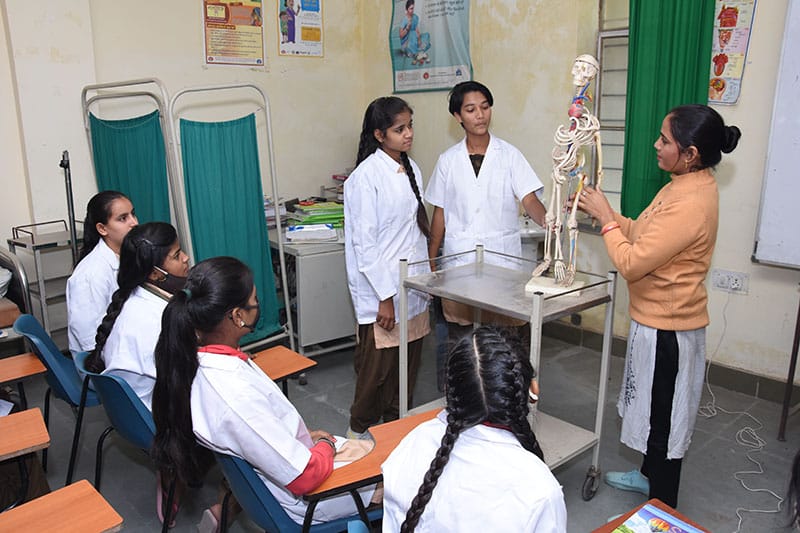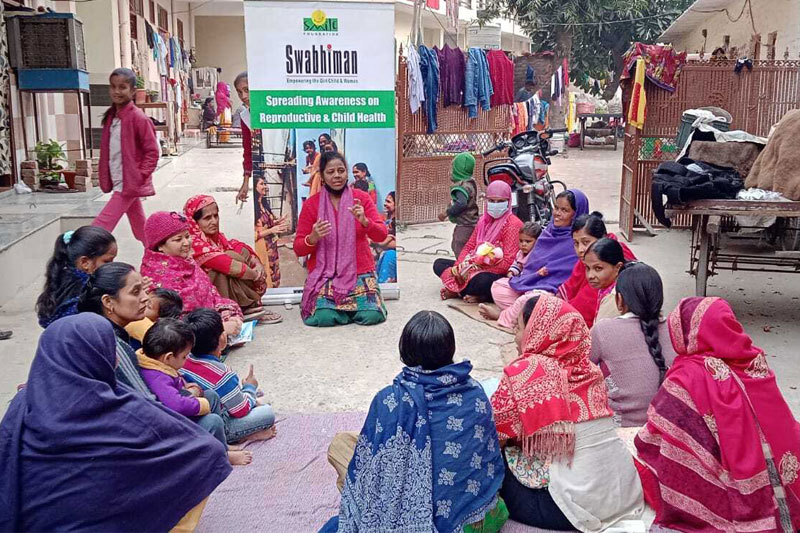February 2022

Malnutrition is among India’s most serious development challenges. It contributes significantly to the country’s disease burden. Stunting and under-nutrition continue to be the big challenges.
As per NFHS-5 Phase II (for 14 states and UTs), 35.5% of children below five years were stunted and 32.1 per cent were underweight in 2019-21.
Among the stunted children, 37.3% are in the rural areas as compared to 30.1% in urban areas. If we look at state-wise data, Meghalaya (46.5 per cent), Bihar (42.9%), Uttar Pradesh (39.7%), and Jharkhand (39.6%) have the highest rates of stunting while Sikkim (22.3%) and Puducherry (20%) have the lowest.


Vocational Training Is the Way Forward
Vocational training is skill-based training that equips one to work in a particular field. This can be in sectors such as banking, health care, finance, computers, trade, tourism, and others. The purpose of vocational training is to impart practical knowledge to the students, over and above theoretical knowledge.
Asha and Anganwadi workers: Pillars of strength for community development
In a country as large as India, it is impractical and nearly impossible for healthcare workers to be available in every village and every remote corner. This where the role of community mobilizers comes in. They are a vital part of the healthcare system as they are often the first point of contact or information related to health, vaccinations, and so on.




Technology to complement education
It is important to face the question: How important is technology in education? COVID-19 has demonstrated that online education should be a vital part of teaching and learning. Owing to the time spent in the digital world, technology can now be seen as more than just a crisis management tool. Teachers can harness online learning as a powerful educational tool to complement existing curricula.



